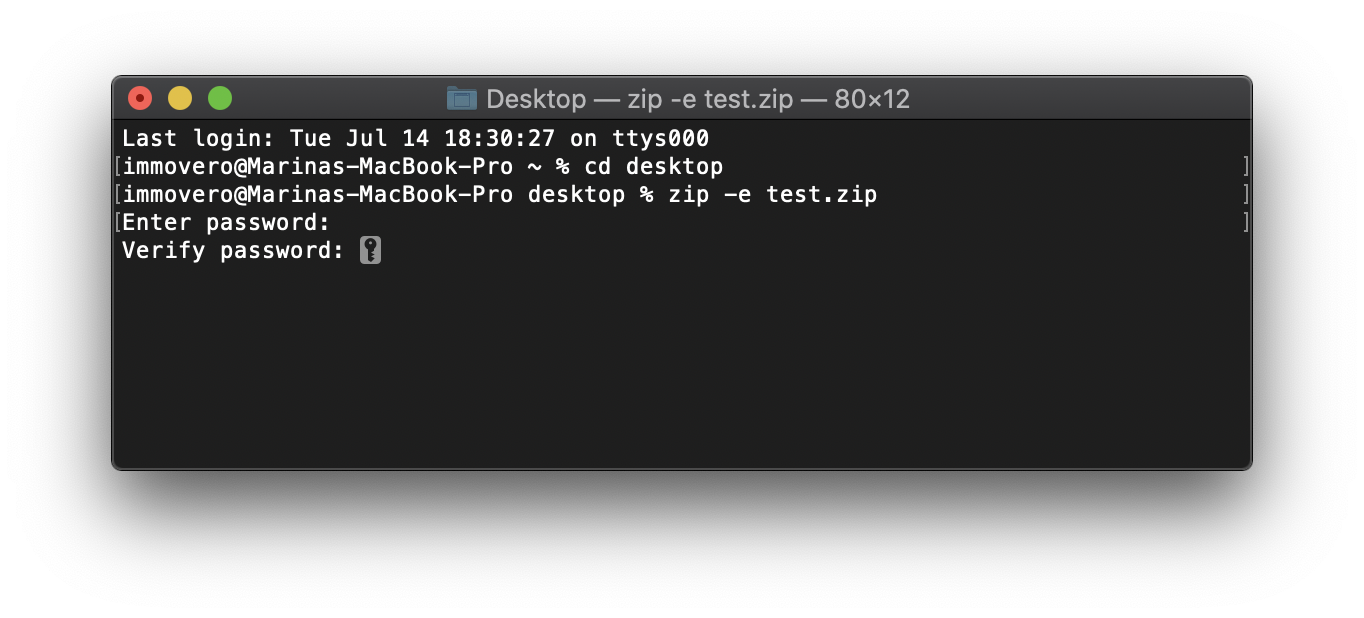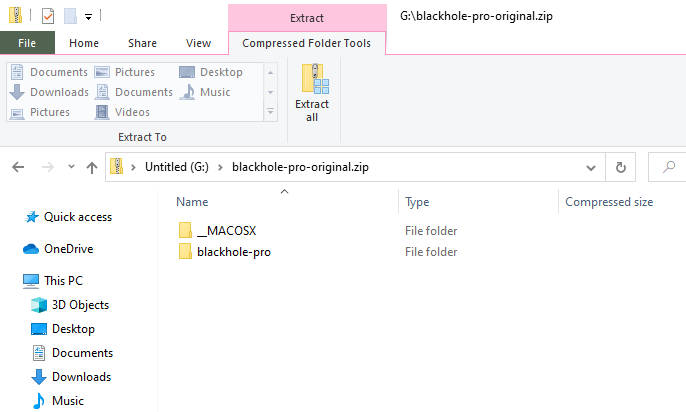7-Zip for Linux is the best solution for file compression and decompression. And if you are the type of person who regularly deals with compressed files such as Zip and RAR formats, well then, the 7Zip should be on our list of installed apps. Before we show you how to install and use the software on Linux, make sure to check out our other guides on 7Zip.

Most important is to have unfolding directories and ability to select multiple files from anywhere within the tree structure simultaneously. Other important features I am looking for: 1. Drag and Drop with Spring loaded folders 2. Tabbed windows 3. Quickview like previews 5. Ability to change color and background image of windows 6. Tech and Science topics: phones, computers, gadgets, and the Internet, astronomy & earth science, climate & weather, environment & green living and much more. To compress multiple files in a zip archive in Linux, you can run the following command in the terminal. Zip zipfile.zip filename1 filename2 filename3 Keep in mind that the zipfile.zip will be the resulting.zip archive which will have the filename1 and all the files in it. PuTTY, a popular terminal emulator, is an open-source, light-weight, and free SSH client. It was developed by Simon Tatham in C language. Its primary function is to connect to a computer remotely while offering the facilities of transferring files, manipulating data, etc.
For compressed files, 7Zip is the only one that can compare head to head with the ever-popular WinRAR. But in reality, 7Zip is the much better one. As a matter of fact, 7Zip is a tool for many professionals who really know their stuff.

Contents
- 3 7-Zip Commands
- 3.1 Command Options
What is 7-Zip?
7Zip is a powerful tool in the right hands. It is a secure open-source file archiver that can compress multiple files into one simplified cabinet-like folder and vice versa.
The 7Zip was created by Igor Pavlov back in 1999. It supports the most known compression type of formats on both packing and unpacking methods. This includes ZIP, Gzip, bzip2, xz, tar and WIM for Windows installer.
Basically, the 7Zip archiving tool is pretty much near-universal in terms of its focused purpose. It has a powerful compression algorithm and supports password protection. This app is a tool for benchmarking processing power by some experts. According to some reviewers, the 7Zip is a tool far better than what the popular counterpart can do. Nevertheless, it is not perfect and has its own downsides.

There are two main accesses to use 7Zip. One is through a 7Zip command line. The other one is through your typical graphical interface which is more user-friendly for most users. The 7Zip for Linux will work more on the command-line support.

How to Install 7-Zip for Linux
For those of you that are not familiar with how apps are installed on Linux or any Linux-based distribution, this is the 7Zip tutorial written just for you. This will be the simplest coding you will ever do so you should be able to follow this if you manage to do this in repetition. Still, it’s not as easy as installing 7Zip for Windows or Mac. Yes, it’s just like they said, practice makes perfect.
On Ubuntu and some other Linux-based platform, 7Zip is packaged as p7Zip. To install p7Zip, you will need to do this procedure. Here’s how it goes.
- The first thing you need to do is to launch the Terminal to execute some commands. If you cannot find the Terminal, you can use Ubuntu’s search service and type in Terminal.
- On the Terminal, type in this command: sudo apt-get update
- You will be asked to enter your password. Please do so as this first command will update your system.
- Once the system update finishes, you will need to type in this command: sudo apt-get install p7Zip-full
- Again, you will need to enter your system password to confirm the command request.
- The command will now start to download the necessary files from the repository
- As soon as all the files are downloaded, you will be asked if you want to continue or not with the installation. Type “Y” for yes and “N” for no. In this case, just type “Y” and press the Enter key.
- This will now initiate the unpacking of the downloaded files and start setting it up for installation.
- When the command line appears again, it means the installation is through.
- To make sure that the 7Zip really installed on your Linux computer you will need to type in this command: sudo apt-qq list p7Zip-full
- Type in your system password again to confirm the request.
- Read the following line and find the word “Installed.”
- Now type this command: sudo dpkg -s p7Zip-full | grep Status
- The next line should say “Installed” again.
- That’s it. You now have 7Zip installed on your Ubuntu system.
Mac Terminal Zip Multiple Files Folder
7-Zip Commands
Now, if you want to know all the corresponding commands to execute some tasks, you will only need to launch the Terminal again. From the Terminal, just type in 7Z. It should show you the different types of commands that you can use. To execute any command, it should follow this pattern:
- 7z [command option] [archive file name & format] [files]
Mac Terminal Zip Multiple Files Extractor
Command Options
Mac Terminal Zip Multiple Files File
- a —means to add files in archive
- l —means to list the contents of archive
- u — means to update the files in the archive
- e — means to extract files from archive without their full path
- x — means to extract files from archive with their full path
- d — means to delete files from archive
For the “archive file name & format” you will type in the name of the compressed file that you want as output with the file format that you want like ZIP, RAR, or 7Z. For the “files” that the name of the file that you want to compress. To do this, here is an example and how to do it:
- Create a folder on your desktop.
- Paste the file inside that folder. Let’s assume that the file’s name is “Sample.”
- Now, still in the same folder, launch the Terminal.
- Now, type in this command: 7z a Sample.zip Sample
- Wait for a few seconds or minutes depending on the size of the file. The bigger the file, the longer the compression takes place.
- That’s it. A new file will now appear inside the folder with the name Sample.zip next to the original file named Sample.
Mac Terminal Zip Multiple Files
Conclusion
For the old-timers and advanced users, these commands will be such ease. But if this is your first time, you will need some getting used to. Ubuntu and other Linux-based distributions are a bit complicated especially if you came from the point-and-click operating system like Windows 7 to 10.
Mac Terminal Zip Multiple Files Recovery Software
Now, as a question for today’s topic, do you think the 7Zip for Linux is a good tool? If not, do you have an alternative in mind? If you do, do tell us in the comment section. We would love to know your recommendations.
If you have any questions about today’s topic, please feel free to leave your message in the comment section below as well. We will try to get back to you as soon as we can.
